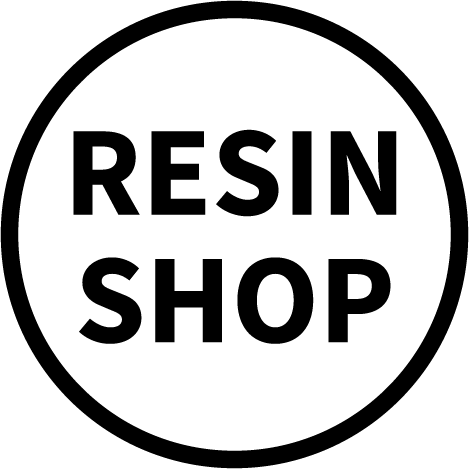How to Create a River Table with Epoxy Resin
A river table combines natural wood and epoxy resin to create a stunning furniture piece with a flowing, water-like effect. Here’s a step-by-step guide to making your own:
📐 Step 1: Plan & Design
- Decide on the size, shape, and style of your table.
- Choose a wood type—live edge slabs are popular for an organic, natural look.
- Plan the river void—its width, flow, and colour effects.
🪵 Step 2: Select & Prepare the Wood
- Choose dried, stable wood (live edge slabs or reclaimed wood).
- Sand and level the surface to remove imperfections.
- Fill cracks or holes in the wood with a small amount of clear epoxy (if needed).
🔲 Step 3: Build a Mold & Secure the Wood
- Use melamine board, plywood, or acrylic to create a mold.
- The mold should be watertight and sealed with silicone caulk or tape to prevent leaks.
- Secure the wood slabs in place using clamps or weights.
🖌️ Step 4: Seal the Wood (Important!)
- Apply a thin seal coat of epoxy to the wood before the main pour.
- This prevents air bubbles from escaping into the resin during curing.
- Allow the seal coat to dry before proceeding.
⚗️ Step 5: Pour the Base Layer of Epoxy
- Mix epoxy resin and hardener according to the manufacturer’s ratio.
- Pour a thin base layer inside the mold to create a strong foundation.
- Use a heat gun or torch to remove air bubbles.
🌊 Step 6: Create the River Effect
- Once the base layer is tacky, pour the coloured or tinted resin into the river void.
- Guide the flow using a stirring stick or brush to create movement.
- Try layering different blue, green, or metallic pigments for depth.
🪨 Step 7: Add Decorative Elements (Optional)
- Embed objects like:
✅ Stones & pebbles
✅ Shells or metallic flakes
✅ Glow-in-the-dark powder for a unique effect - Ensure all elements are fully submerged in the resin.
🫙 Step 8: Pour the Final Layer
- After the river effect is complete, pour the final clear coat to fill the mold.
- Use a heat gun to eliminate bubbles and create a smooth surface.
⏳ Step 9: Allow the Resin to Fully Cure
- Follow the manufacturer’s cure time (typically 3–7 days).
- Avoid moving or disturbing the table while curing.
🪚 Step 10: Remove from the Mold & Sand the Surface
- Carefully remove the tabletop from the mold.
- Sand with progressively finer grits (120–2000 grit) for a smooth finish.
- Optional: Polish for a high-gloss effect.
🛡️ Step 11: Apply a Protective Finish
- Seal the table with:
✅ Polyurethane (matte or gloss finish)
✅ Oil-based finish for a natural look
✅ Resin polish for extra shine
🦵 Step 12: Attach Table Legs & Assemble
- Choose metal or wooden legs based on your design.
- Securely attach the legs using strong bolts or fasteners.
- Ensure the table is level and stable before use.
🔥 Tips for a Professional Finish
- Always work in a dust-free environment to avoid surface contamination.
- Experiment with colour layering for a more natural river effect.
- Use UV-resistant resin to prevent yellowing over time.




